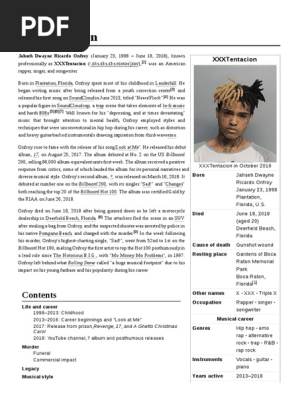0% found this document useful (0 votes)
16 views3 pagesCompositional Devices
The document outlines various compositional devices in music, including augmentation, diminution, extension, fragmentation, imitation, inversion, ornaments, repetition, retrograde, and sequence. Each device is defined with examples from classical compositions, illustrating how they are used to develop musical themes and motifs. The document emphasizes the importance of these techniques in creating variety and depth in musical works.
Uploaded by
Da-Hae KimCopyright
© © All Rights Reserved
We take content rights seriously. If you suspect this is your content, claim it here.
Available Formats
Download as DOC, PDF, TXT or read online on Scribd
0% found this document useful (0 votes)
16 views3 pagesCompositional Devices
The document outlines various compositional devices in music, including augmentation, diminution, extension, fragmentation, imitation, inversion, ornaments, repetition, retrograde, and sequence. Each device is defined with examples from classical compositions, illustrating how they are used to develop musical themes and motifs. The document emphasizes the importance of these techniques in creating variety and depth in musical works.
Uploaded by
Da-Hae KimCopyright
© © All Rights Reserved
We take content rights seriously. If you suspect this is your content, claim it here.
Available Formats
Download as DOC, PDF, TXT or read online on Scribd
/ 3






















































































